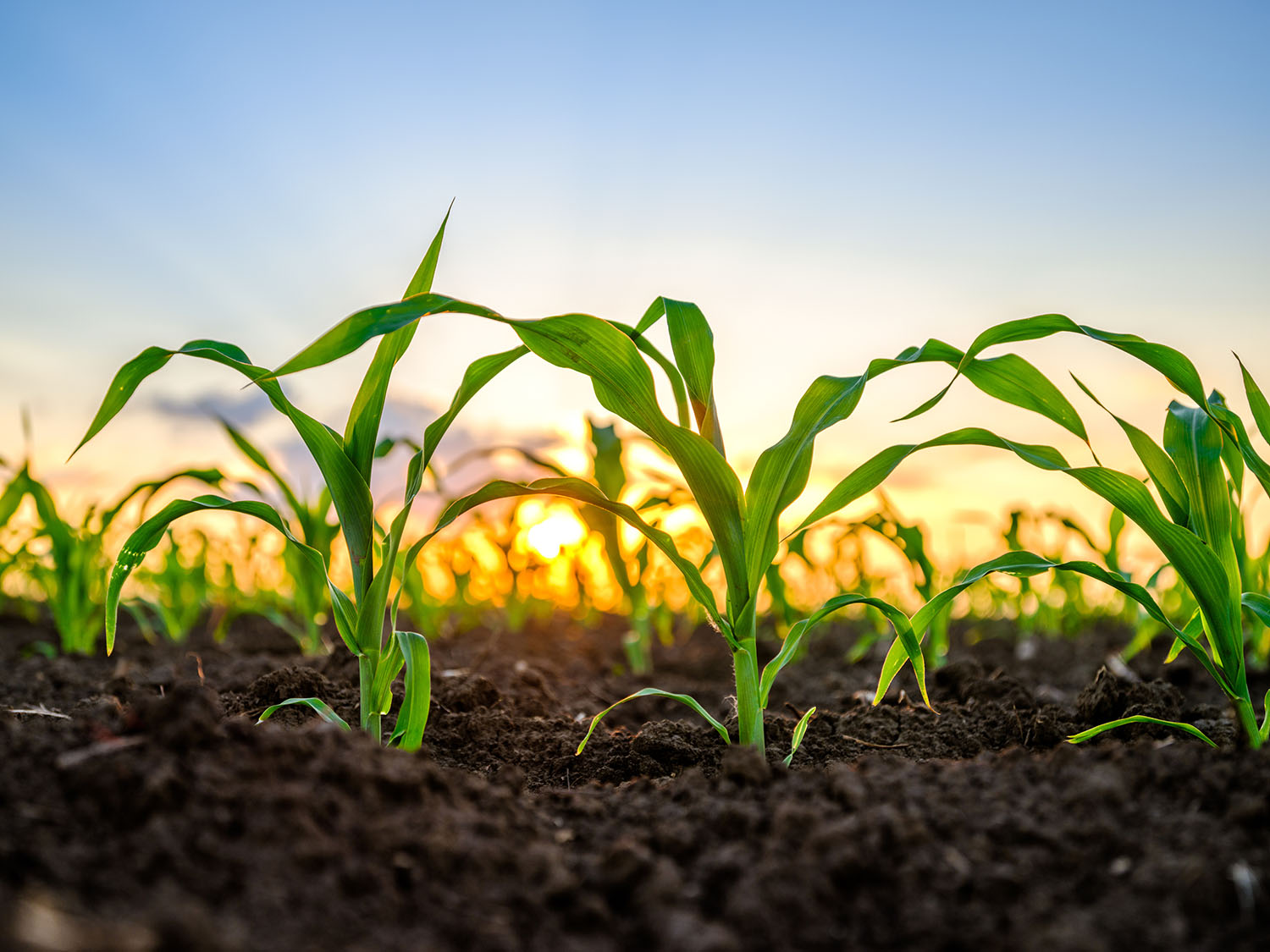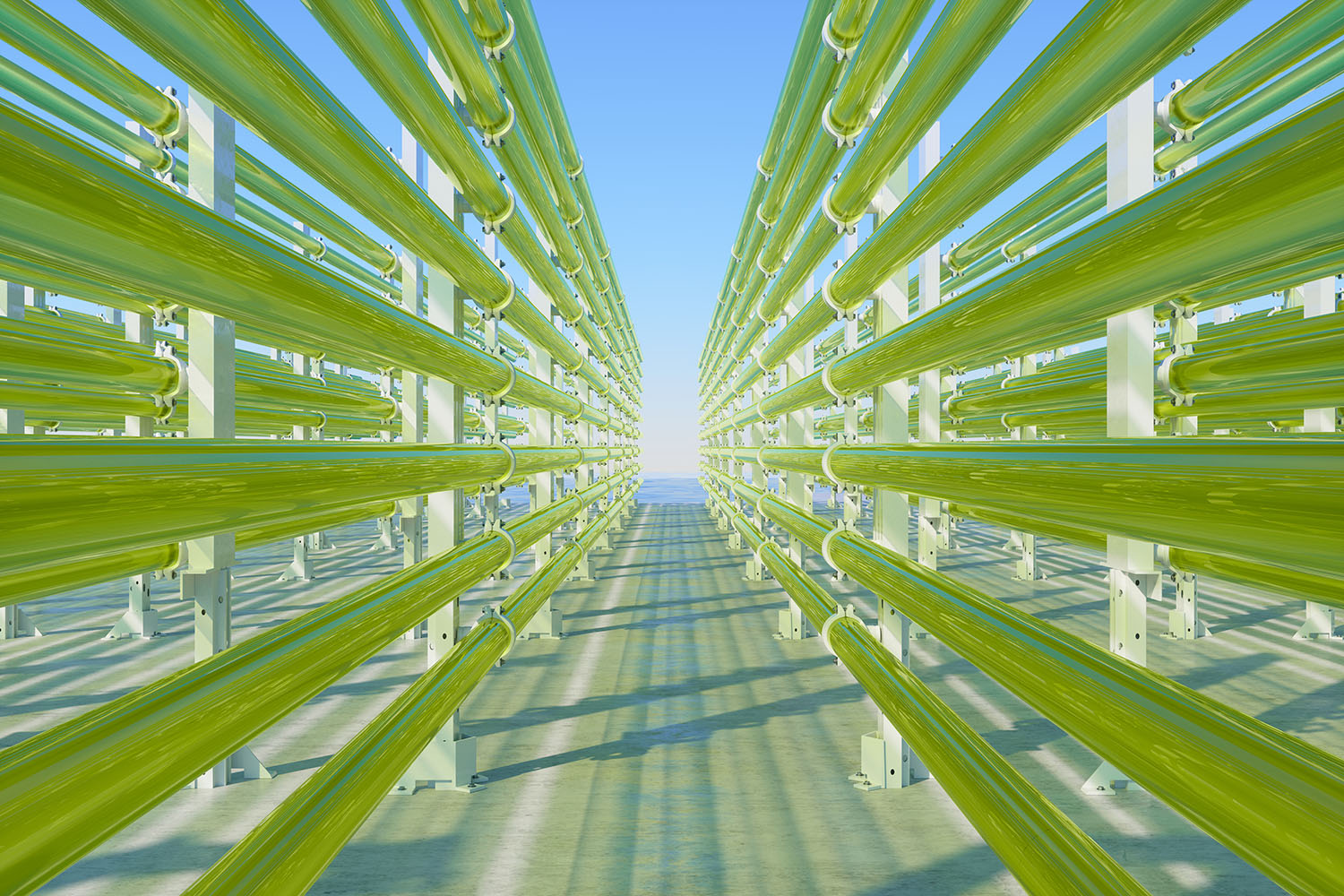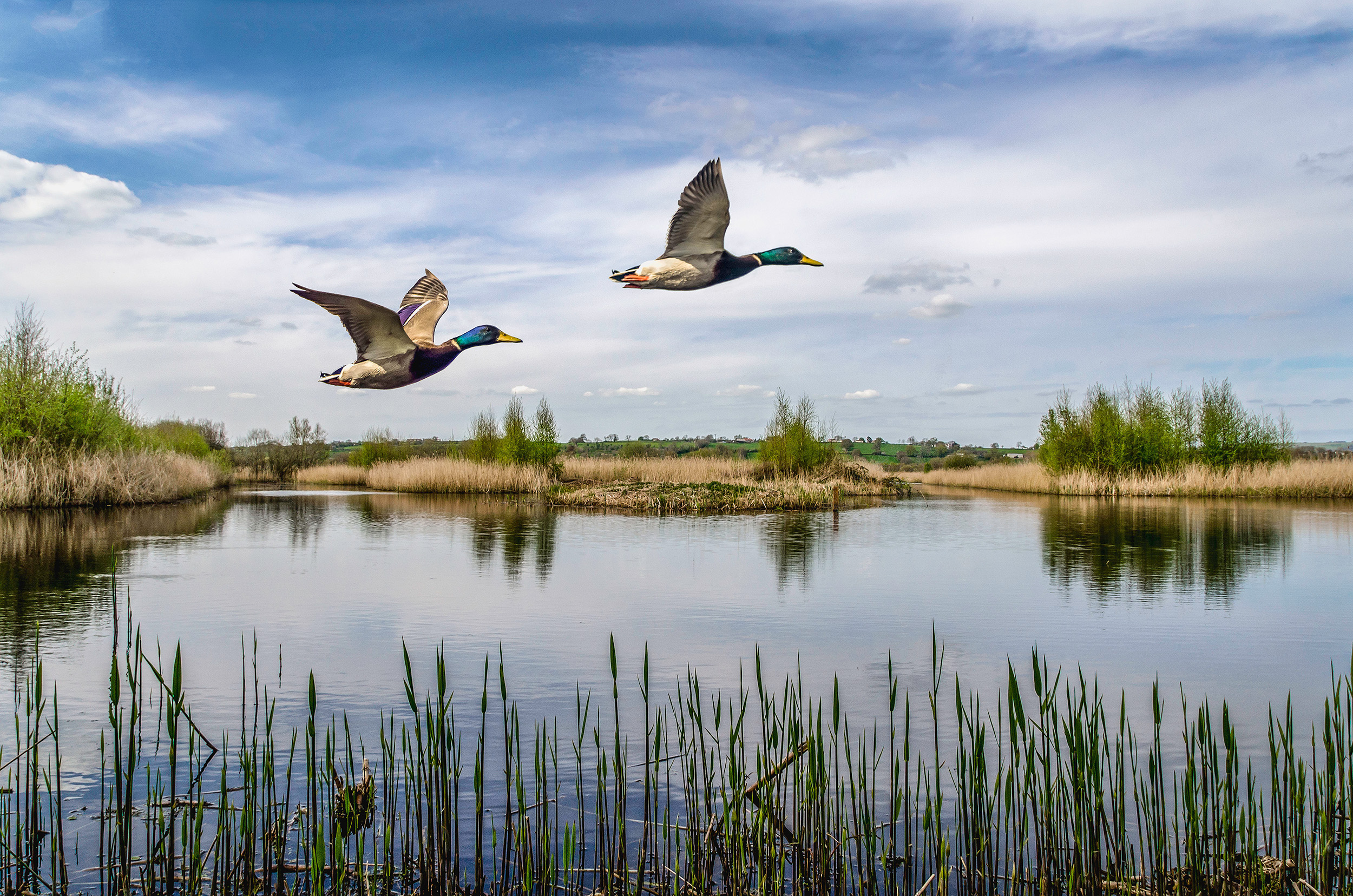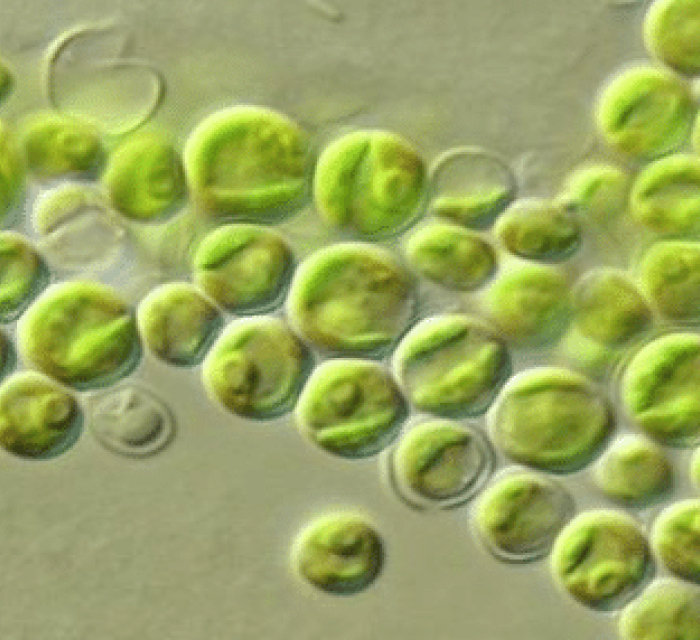100% organic fertilizer and growth bioactivators sales based on Chlorella aquaculture
Biologicalmethods of water purification, water saturation with oxygen
Extraction of CO2 from the atmosphere
Product
Live Chlorella microalgae suspension of a certain quality and concentration is the product of our company.
Chlorella concentration is about 80 000 000 cells per 1 cm3. Chlorella is supplied in cans.
5€
liter
How many liters do you want to order:
Product price5€/L
It can be used as an efficient fertiliser. Due to its rich composition and the ability of the living Chlorella it is able to emit oxygen. The application is especially efficient at the early stage of the root system development, as the oxygen is delivered directly to the roots of the plants or by spraying on the leaves. Chlorella contains more than 650 well-balanced elements.
The buyer can use it to populate small water basins (less than 1 ha) in accordance with the included manual. About 20 liters of Chlorella solution are required to populate 1 ha of the water basin.
Chlorella is a 100% organic, highly efficient natural plant growth biostimulant that accelerates root formation, growth, development and flowering. It improves the outlook, reduces the time and cost of the plant care.

Chlorella boosts the plants own immunity, anti-stress resistance to unfavorable external stimuli, such as drought, acclimatisation and transplantation.
Chlorella suspension enriches the soil with organic substances that improve its structure, stimulates the growth of beneficial soil microorganisms, supports the accumulation of humic substances, increases the mobility of microelements and the content of free amino acids, improves the enzymatic activity of the soil and the utilisation rate of nitrogen fertilisers, removes heavy metal oxides, radionuclides, and pesticides, reduces water consumption for irrigation and reduces the incidence of plants.

The macro- and microelements include calcium, phosphorus, magnesium, potassium, copper, iron, sulfur, zinc, cobalt, manganese, zirconium, rubidium, iodine and other microelements.
Chlorella culture contains a wide range of physiologically active substances, including indole (auxins) and phenolic compounds, steroids, vitamins, gibberellin-like substances, as well as cytokinin-active compounds.
Gibberellins and auxins regulate plant growth and development, affecting plant phytohormones, and also, in the presence of the latter, the ability of cytokinins to activate the cell division is fully realised.
Chlorella is animalcular microalgae
Chlorella appeared on our planet about 3 billion years ago. Chlorella was one of the first to use photosynthesis, therefore Chlorella is an autotrophic organism. Autotrophic organisms use solar energy to synthesise organic materials out of the non-organic.
In no small part, our entire atmosphere is made from oxygen. It was and continues to be produced daily by microaelgae. Today, half of the oxygen on our planet was produced in the ocean.
Chlorella increases the amount of oxygen in the air and saturates the water with oxygen
It consumes huge amounts of carbon dioxide from the atmosphere, an average 3.5 t of carbon dioxide from one hectare over summer.
It is over 10 times more efficient than any land-based plant.
Under suitable conditions Chlorella divides and proliferates at great speed. Its average division cycle is 12 to 24 hours.
Chlorella – the basis of the food chain
Chlorella is the basic food for zooplankton. Chlorella saturates the reservoir biocenosis. Recreational properties of the reservoir are improved. Chlorella fights blue-green algae and cyanobacteria, pushing it out of the water basin’s biocenosis.
Chlorella resolves various problems. Depending on the strain, Chlorella may contain 30 to 60 percent of proteins, which is more than that found in meat. The contents of lipids can be increased up to 40% and the microalgae also contain all the indispensable amino-acids, vitamins, and microelements.
Chlorella is incredibly flexible, and worth your attention
Produce fertilisers, poultry feed, saturated feeds for cattle, vitamins for humans and animals.
Luma project
The aim of this project is to improve the ecological systems of the inland bodies of water and the coastline of the Republic of Estonia. Creation and implementation of biological methods of purification of national bodies of water. Aquaculture-based biofodder and fertiliser sales.

Development of unique biological methods of purification of bodies of water. Creation of a fodder base for animals and birds, as well as aquaculture-based bioactivators of growth and biofertilisers.
Restoration of recreational properties of national and private bodies of water. Removal of pathogenic cyanobacteria, blue-green and other dangerous algae from bodies of water. Augmentation of biological diversity of bodies of water. Saturation of bodies of water with oxygen, creation of favourable conditions for fish growth and breeding.

The aim of the project is to extract from the atmosphere approximately 3.5 tons of CO2 per 1 hectare of the surface of a body of water during a single summer season.
Improvement of the ecological environment of the Republic of Estonia. This project aims to increase the natural CO2 consumption in the national bodies of water of the Republic of Estonia. Augmentation of the natural wealth of the republic; augmentation of the amount of fish in the national bodies of water. Creation of biofertilisers and plant growth activators. Cultivation of aquaculture-based ecological and natural fodder for animals and birds. Provision of an example of the correct interaction between modern humans and nature.
We invest
In our republic, this industry does not have a long commercial history. We are developing quickly alongside this industry.
The use of this biotechnology opens wide horizons for application and research.
We have chosen the following directions for research, development and investment:

- research into Chlorella strains and genetically modify them to create tailor-made strains;
- develop technology and create a pilot lab system to catch CO2 from boiler house flue gases;
- equipment to control the quality of the product;
- promote and popularize this biotechnology in the Republic of Estonia and abroad;
- equipment to dry and freeze the microalgae;
- oxygen producing technology.